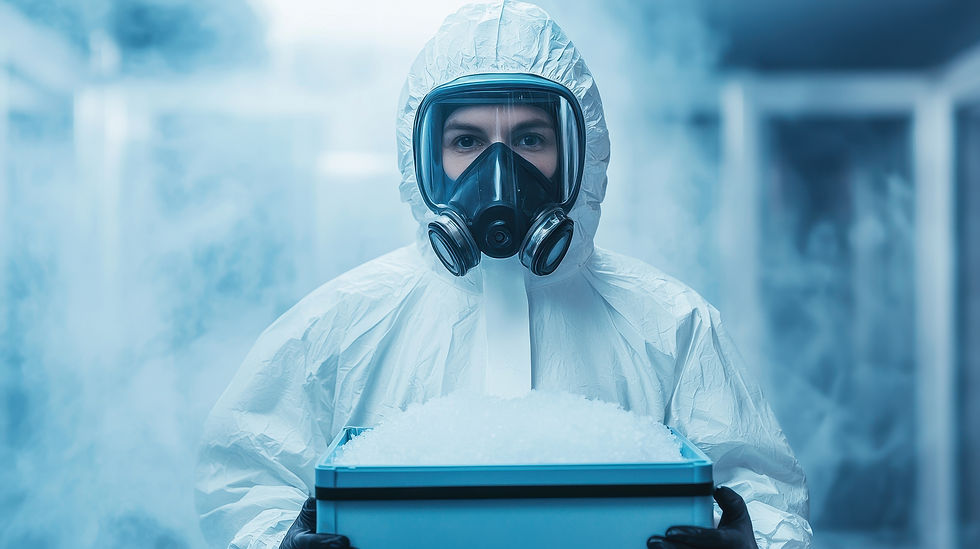Get Expert Help with Thermal Environment Assessments
Whether you’re managing hot or cold environments, we’ll help you reduce risks and keep your workforce safe and comfortable.
Ready to prioritise the health and safety of your workforce?
Contact us today to schedule a workplace noise monitoring assessment for your workplace. Our team is dedicated to helping you create a safer and healthier environment for your employees.
Thermal Environment Assessments
Electromagnetic fields are created by equipment such as welding machines, power systems, and radiofrequency devices. An EMF assessment measures the strength of these fields and checks that exposure levels are within safe limits. This helps protect workers from potential health effects and ensures compliance with the Control of Electromagnetic Fields at Work Regulations.
What is a Thermal Environment in the Workplace?
The thermal environment refers to the conditions that affect how the body gains or loses heat while working. This includes air temperature, humidity, air movement, and the heat given off by equipment or processes. If this balance is disrupted, workers can experience heat stress or cold stress, which can harm health and reduce performance.
There are two main types of thermal environments you’re likely to find in workplaces:
-
Hot Environments - Common in foundries, commercial kitchens, outdoor construction, or any workplace with heat-generating processes. Workers may be exposed to high air temperatures, radiant heat, and high humidity.
-
Cold Environments - Found in refrigerated storage, food processing, outdoor winter work, or unheated spaces. Workers may be exposed to low air temperatures, wind chill, and damp conditions.
Each type requires a different assessment and control strategy to manage risk effectively.

Why Thermal Environments Matter for Worker Health and Safety
Hot and cold working conditions can have significant effects on health, safety, and productivity.
-
Heat stress can cause dehydration, heat exhaustion, heat stroke, and long-term health issues if left unmanaged.
-
Cold stress can lead to hypothermia, frostbite, and impaired manual dexterity, increasing the risk of accidents.
Beyond health effects, thermal discomfort can slow reaction times, reduce concentration, and increase the risk of errors or injuries. Assessing and managing thermal environments keeps workers safe and helps meet legal responsibilities under UK health and safety regulations.

Health Effects of Working in Extreme Temperatures
-
Heat exposure can cause dehydration, heat rash, muscle cramps, and heat exhaustion. Severe cases may lead to heat stroke, which can be life-threatening.
-
Cold exposure can reduce grip strength, slow movement, and increase the risk of slips or mistakes. Long-term or intense exposure can cause hypothermia or frostbite.
Monitoring workers for early signs, such as excessive sweating, confusion, shivering, or numbness, is key to preventing serious health outcomes.

Why Trust Us With Thermal Environment Assessments?
At Workplace Scientifics, we focus on giving you clear, practical advice based on accurate measurements and recognised assessment methods. We don’t just take readings - we look at how your workplace operates, the type of work being done, and how thermal conditions actually affect your team.
Our reports are easy to understand and include straightforward recommendations that work in real-life situations. Whether it’s adjusting work patterns, improving ventilation, or suggesting protective clothing, we’ll help you find solutions that keep your staff safe and comfortable.

